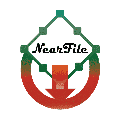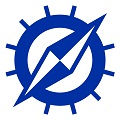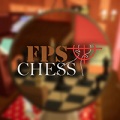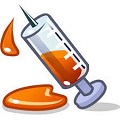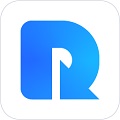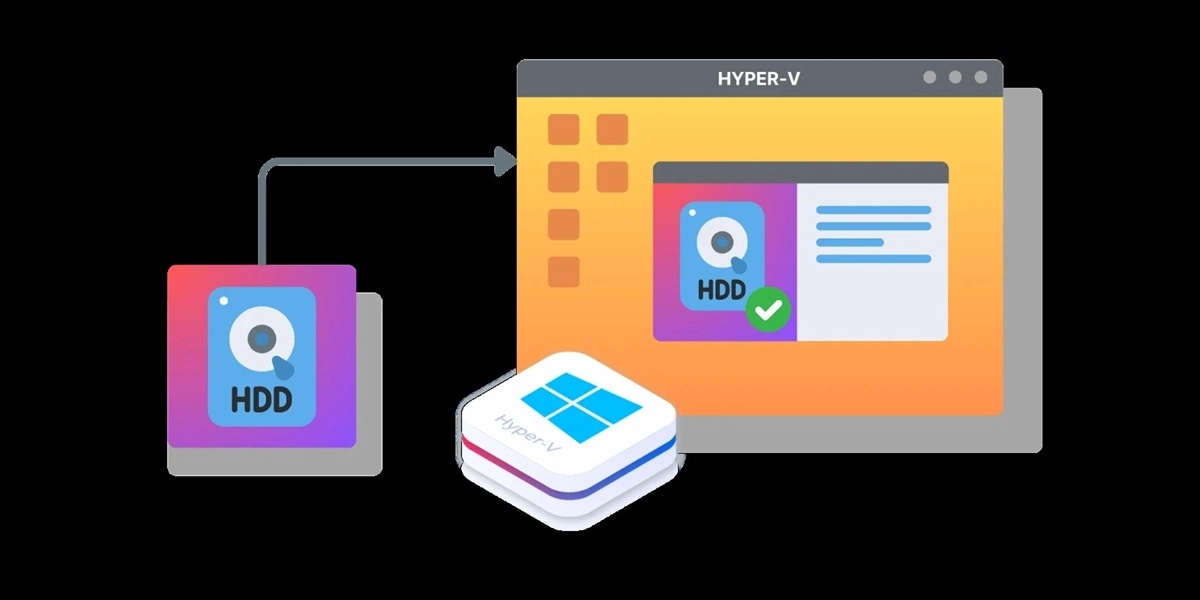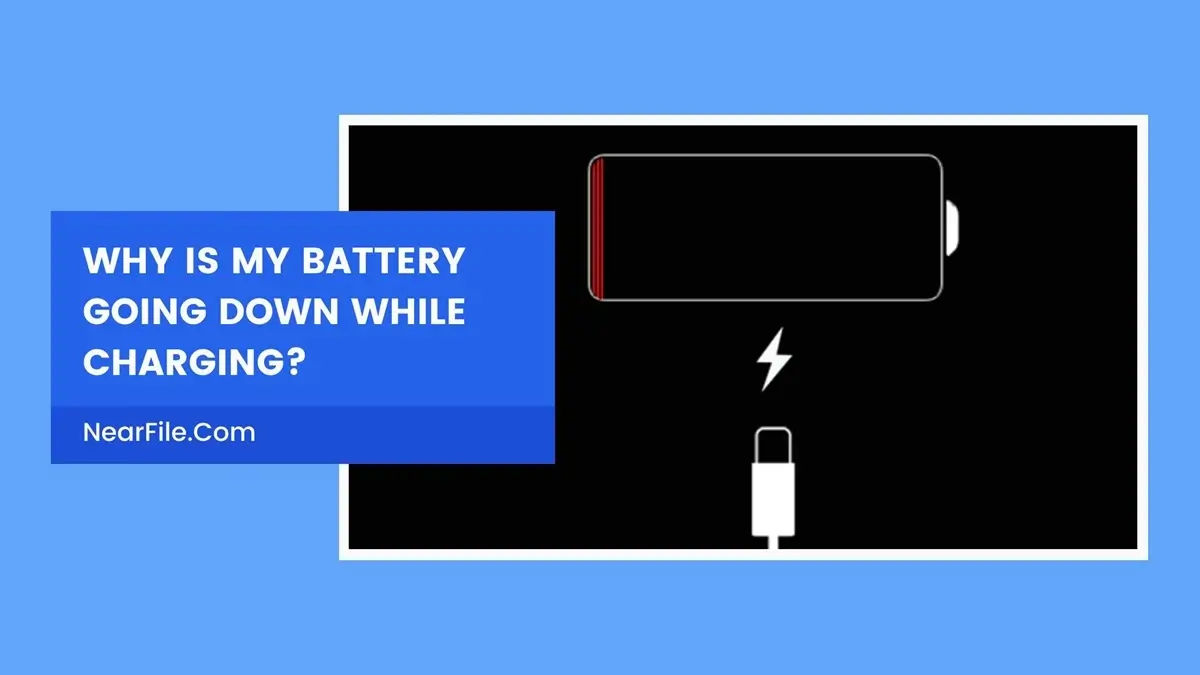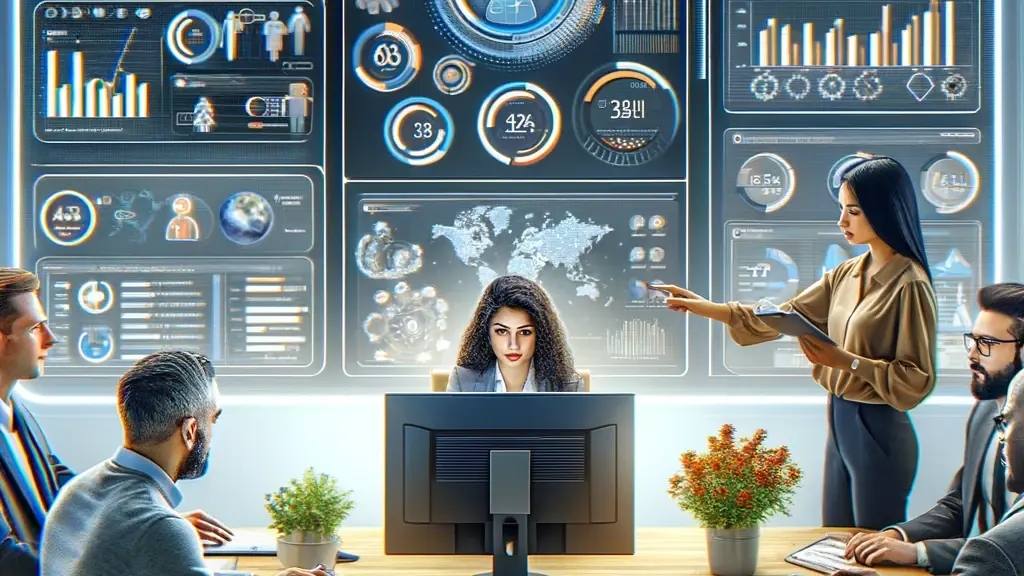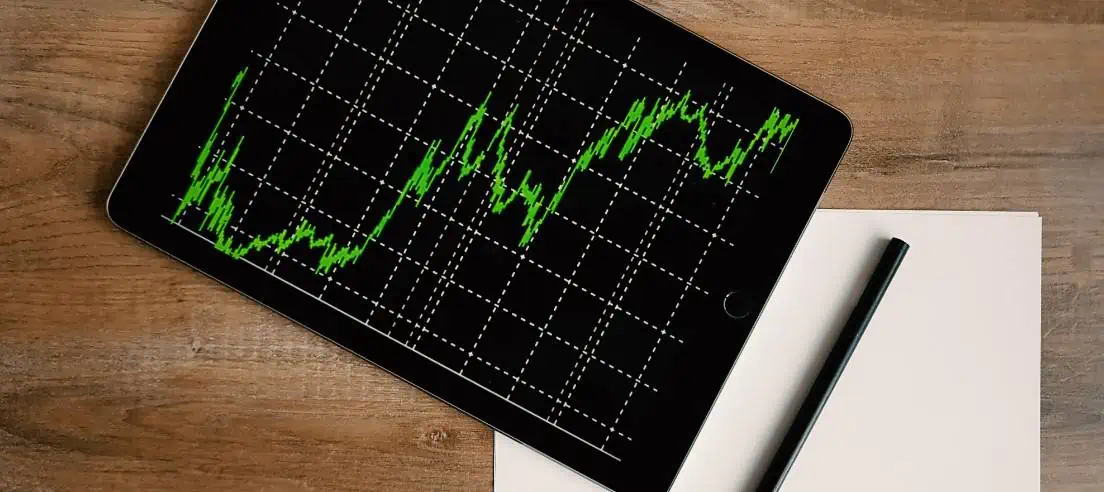Introduction
To define 2-D and 3-D graphics on a computer, OpenGL (Open Graphics Library) is the universal API used by the computer graphics community. In the past, it was necessary for companies to rebuild the graphics portion of their applications for each platform of the operating system and be aware of the graphics hardware before the advent of this graphics library. By adhering to OpenGL standards, applications are able to generate the same visual effects on any platform, using any OpenGL-compliant graphics card.
Table of Contents
Fast
The primary benefit of OpenGL is its raw speed. In reality, the rest of this list wouldn’t be feasible without such lightning quickness. The GPU is the engine that allows for such quickness. A regular processor, in order to draw an image, must go pixel by pixel. Your current screen has possibly millions of pixels, so you can imagine how slow this is.
A GPU, on the other hand, works in parallel to process large numbers of pixels at once. True, the fill rates of today’s GPUs can reach billions of pixels per second. As a result, it’s feasible to make elaborate images that would be impossible otherwise.
Visual Realism
There is no substitute for high-quality 3D graphics, and this is one of OpenGL’s most popular and effective applications. Adding the third dimension allows for the creation of a sense of physicality and tangibility in your imagery. This is a great approach to simplifying the presentation of large datasets and communicating complicated ideas to your audience.

Because of the GPU’s speed, graphics can be adjusted in real time dependent on player input. The capabilities of OpenGL are not, however, restricted to merely 3D graphics. It is widely used to improve the responsiveness of user interface animations, manage embedded video, and generate vector graphics, but it can be used for any graphical element displayed on the screen.
Configuration and Image
The Open Graphics Library (OpenGL) allows for the efficient management of both 3D and 2D geometry. Because geometry and images are frequently joined, such as when a Three-Dimensional view is layered over a backdrop image, an Application Programmer’s Interface for usage with geometry should also include instructions for reading, writing, and copying images.
In order to easily combine images and geometry, a number of per-fragment processes can be performed, each of which works uniformly well on fragments corresponding to pixels in an image.
Frame Buffer
This app relies heavily on the presence of a frame buffer in the graphics hardware. This scenario is plausible since frame buffers are used by the vast majority of interactive graphics systems. OpenGL’s frame buffer is essential to the completion of certain tasks. Although OpenGL might be used to power devices like vector screens, this application sees relatively low usage.
Unprogrammed
It is important to note that OpenGL does not provide any language support. It’s possible to control its features by activating or disabling features and by assigning variables to operations, but the underlying rendering methods remain static.
For optimal performance, graphics hardware is typically built to apply specific operations in a predetermined sequence, making it impractical to alter this order using arbitrary algorithms. The aim of maximal performance would affect the API’s proximity to the hardware and, by extension, the programmability.
Pros :
- Most preferred for raw speed
- Allows any kind of Windows system
- Helps the teaching profession of graphics
- No complications
- Very handy best ides keyboard
Cons :
- Lots of typos and bugs available
FAQ’s
Is it free to use?
This is a cross-platform, open-source programming library for creating 2D and 3D vector graphics in a variety of languages. This is one of the first application programming interfaces (APIs), and it is available for free on the OpenGL website.
Who maintains OpenGL?
Games use OpenGL to offload rendering calculations to a graphics processing unit in real time. Framebuffer in video memory stores the produced output rather than returning it to the main memory. Data like this will be transmitted to the display device via the display controller.
Does it use GPU?
As the ‘server,’ the GPU is where your OpenGL graphics engine implementation (including the GLSL shader programs you’ll build) will be executed. Vertx Buffer Objects are buffers used to store geometry and other properties (or VBOs).
Is there an OpenGL SDK?
Currently, there is no official software development kit. A variety of resources, including online webpages, (now-outdated) documentation, and tutorial links, can be accessed from this location. This is not a software development kit in the conventional sense.NVIDIA and AMD both provide SDKs, and within those SDKs, you may find a number of different OpenGL sample programs.
Our Verdict
It is very good for those who are new to programming in OpenGL. I myself resorted to this when I was a newbie and it helped me effectively. It will give you a basic idea about computer graphics and Its instructions or explanations are described in very simple language.


